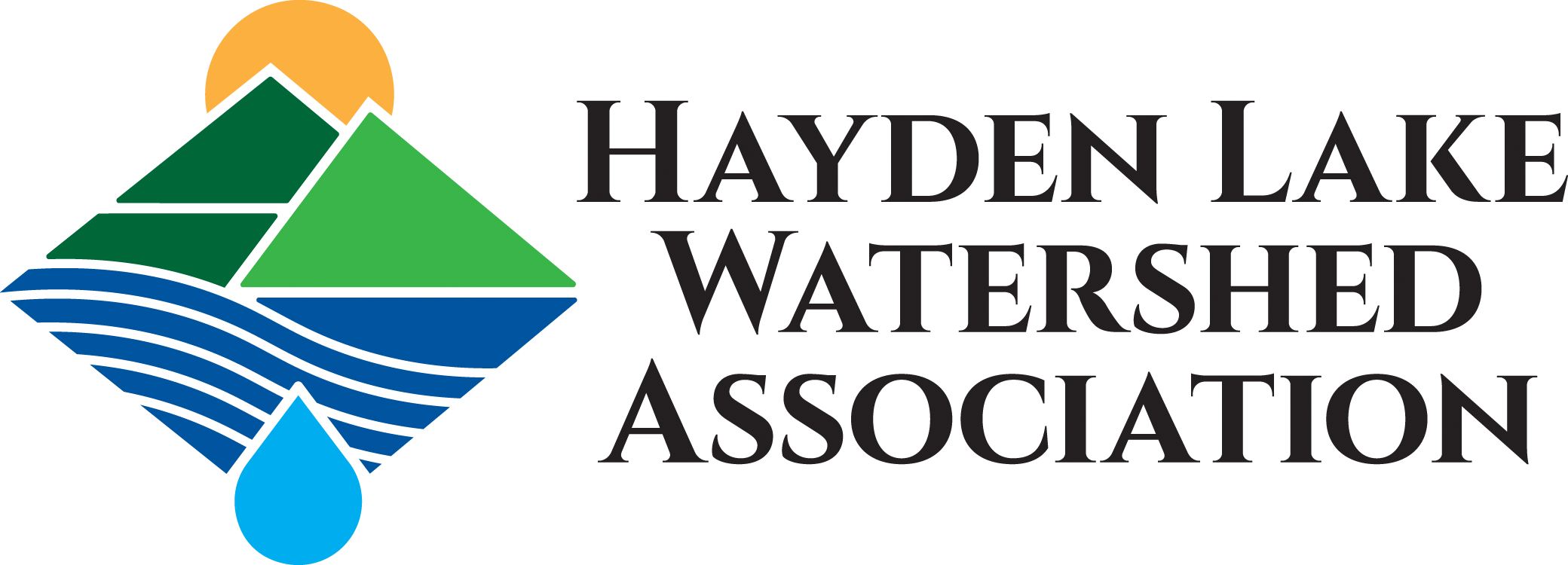Notes from the Ad Hoc Lake Water Level Committee
These are the notes from their meeting of November 9, 2021:
Leo Simpson, Mary Ann Stoll and Jan Wilkins
Mary Ann has produced a very informative chart that traces the lake water levels over the last decades. In summary, over the last 60 years the levels have been going up and down. Currently, it is at one of the 5 or 6 lowest levels. During the thirties, the lake experienced drought conditions similar to our last years’ experience. In addition, during those times, orchards and other agricultural pursuits pulled water that flowed through ditches to water these crops. Now there are two entities that use lake water for irrigation: Dalton Gardens and Hayden Lake CC. Now instead of ditches, powerful pumps and extensive pipe systems are used.
Mary Ann reports that the USGS has measured current levels 2 feet below their 2019 reading. Mary Ann, Geoff, and Steve Myer all caution that we do not jump to conclusions or action based on one very disturbing year. In fact, records indicate that lake levels were low in 1988 and 2002 and other years. Water levels were highest in the nineties.
Leo’s research indicates that currently permitted users of the lake water are not monitored. We are all on an honor system not to exceed our allotment or permitted uses. In order to monitor a water district would need to be created, hire a “water master” for enforcement, and water meters would have to be installed. (Apparently there is an inactive water district in existence, possibly the only one in north Idaho.)
Over the past few years, the state Department of Water Resources has been seeking to decommission inactive water rights. Avondale is the. major entitlement that will be removed as they now have deep wells drawing from the aquifer. There are also about forty other entities who will be decommissioned due to inactivity. Clark Richards has written letters to Dalton Gardens and HLCC urging them to drill deep wells and draw from the aquifer instead of drawing down the lake.
While we believe that excessive draws contribute to the lower lake levels, there are other contributing factors as well:
- Lower snowpack in the 2000-4000 ft. altitudes, (less inflow)
- Unusually high temperatures, which meant 3 X the amount of evaporation. In a normal year there is a 3-inch decline of water level, this year it was ten inches.
- Degradation of inflow streams like Hayden Creek and Yellowbanks Creek.
- A possible unknown geologic shifting which may have opened new fissures in the lake bottom or re-activated the old “whirlpool” described in historical accounts.
While we cannot control temperatures and snowpack, and have very limited influence on legal water usage, we feel that we should do what we can to investigate the possibility that there may have been an increase in the water flow from the lake bottom into the aquifer.
Mary Ann has been working with Daniel Sturgess at the ID Department of Water resources. He may be interested in studying conditions, (geologic and otherwise), which may be responsible for the rapid decrease in water levels. It is possible that if he can design a useful study, we may seek funding from the WID, HLWA and other possible partners like KEA and other grant opportunities.
Leo has been in touch with the Governor’s office, the Department of Natural Resources and the DEQ. While they all have expressed sympathy for our problem, none of these entities have the resources or commitment to take action. For those entities to act we feel that strong political pressure would have to be brought to bear. We will be doing some brainstorming about who we may know around the watershed that has political connections that we could call on for support.
We will also be looking into how we can build support for larger governmental intervention, (Idaho, Corps of Engineers? Other Federal agencies?)
Leo has also suggested that we may find support from the State Division of Wildlife. We assume that lower water levels that contribute to weed growth and blue green algae blooms negatively affect wildlife and the fishery as well.
We will also investigate whether Hayden Lake has been identified as a “special natural resource” to get additional governmental support.
HLWA and WID are actively trying to improve the inflow at Hayden Creek through the decommission of FSR 437. In addition, Geoff is working with the owners of the Yellowbanks Creek inflow to improve that stream channel.
Finally, we feel that we should start a dialogue about water conservation with all the users. We should identify those with influence at HLCC and Dalton Gardens that could move them toward drilling wells for their irrigation needs. As part of this, major users such as HLCC and Dalton Gardens should be urged to drill wells into the aquifer for their irrigation needs.
